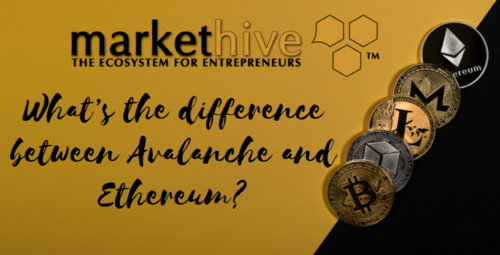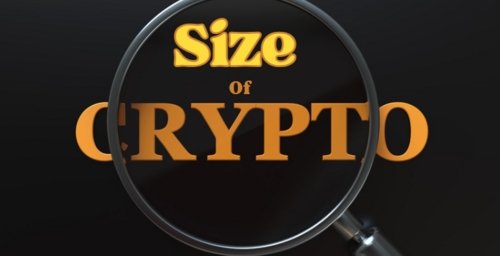

A comprehensive comparison of these popular blockchain platforms. Learn about their features, scalability, and performance.
You probably know about Ethereum, the most popular platform for building decentralized applications. But Avalanche is another smart contracts blockchain with similar use cases.
So what’s the deal with AVAX and Ethereum? How do they differ from each other? And which blockchain platform should you choose for your next investment?
In this article, we’ll compare ‘Avalanche vs Ethereum’ based on speed, cost, scalability, and architecture to finalize which platform is better.
Key Takeaways:
Avalanche promises a cheaper, faster and more scalable network than its peers. Most cryptocurrency networks created after Bitcoin are platforms to launch decentralised applications that use smart contracts to quickly and automatically execute trades and transactions.
Ethereum was the first smart contract cryptocurrency network to do this, then came others like Cardano and Solana, each of these networks building on the foundations of the former in a bid to be cheaper, faster and more scalable. Avalanche is part of the newer breed of blockchains that followed Solana.
Let’s break down the similarities and differences between Avalanche and Ethereum.

Ethereum continues to be the most widely used smart contract cryptocurrency network but its dominance has been challenged by the following generation of cryptocurrencies. There are currently more than 400 decentralised applications operating on Ethereum while Avalanche has about 206.
Ethereum and Avalanche both use proof of stake (POS) to confirm transactions but Avalanche uses a unique version called sub-sampled voting, making Avalanche one of the most scalable and fastest cryptocurrency networks among its peers.

The general rule in cryptocurrency is that the faster the network, the less congestion and the cheaper the transactions. Network speed in cryptocurrency usually refers to how many transactions per second (TPS) the network can process. Ethereum’s TPS is around 14, while Avalanche creators claim the network can handle about 4,500 TPS. Where it can take anything from 5 minutes to a few hours for transactions to be confirmed on Ethereum, Avalanche also has near instant transaction finality.
AVAX, the cryptocurrency of the Avalanche network, is capped at 720 million coins. Ethereum, on the other hand, has no limit to how many Ether can be created, but thanks to updates rolled out during Ethereum’s merge to proof of stake, Ether is likely to become a deflationary cryptocurrency in future.

Avalanche’s method of POS makes it more difficult to gain control of the network, seeing that rogue parties would have to gain control of more than 80% of coins staked, whereas with Ethereum it’s roughly 51%. The likelihood of this happening in Ethereum or Avalanche is very unlikely.
.png)
About: Andries vanTonder
He is a Serial Entrepreneur, an Enthusiastic supporter of Blockchain Technology and a Cryptocurrency Investor
Find me at my Markethive Profile Page | My Twitter Account | My Instagram Acount | and my Facebook Profile.
